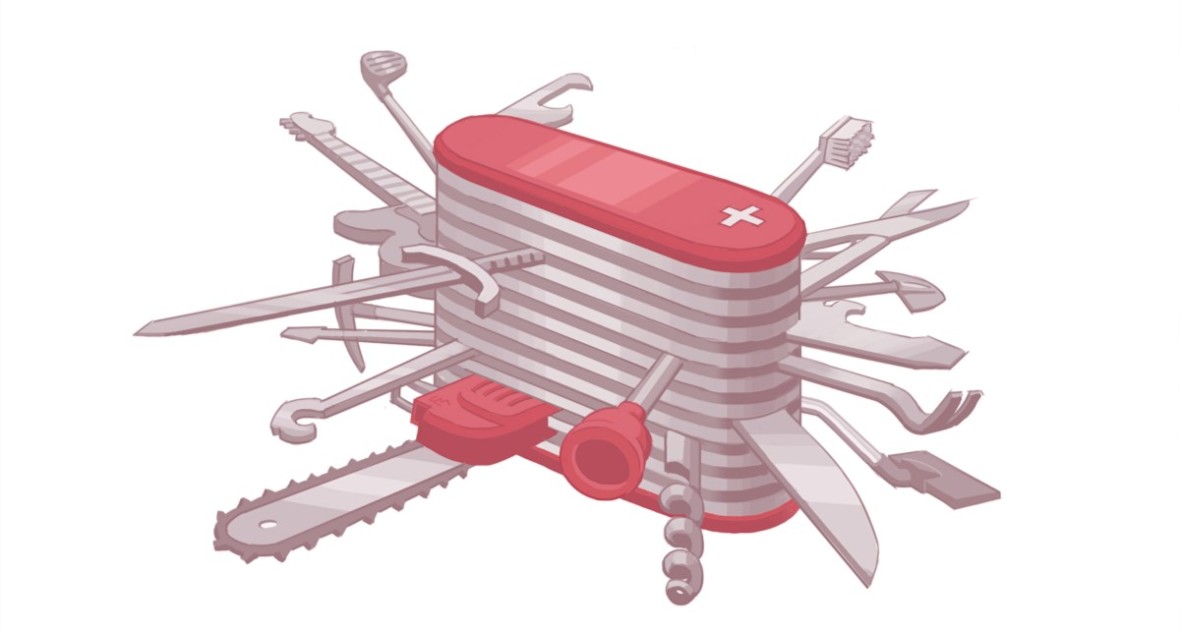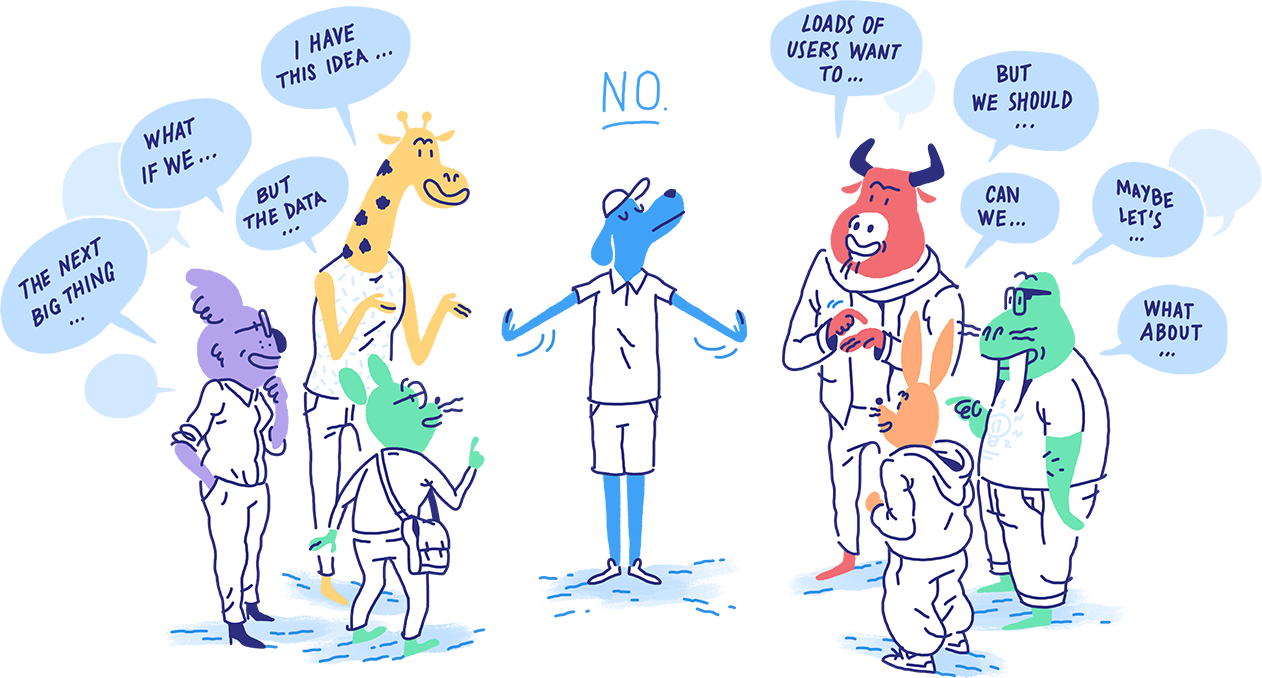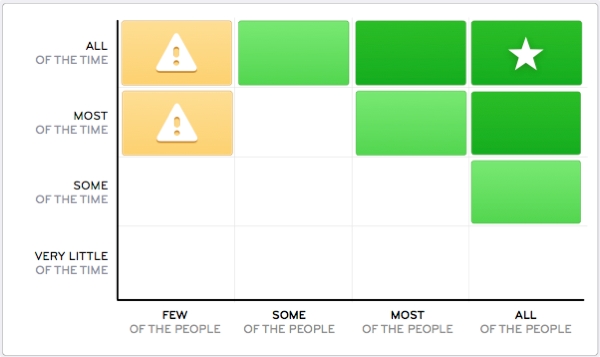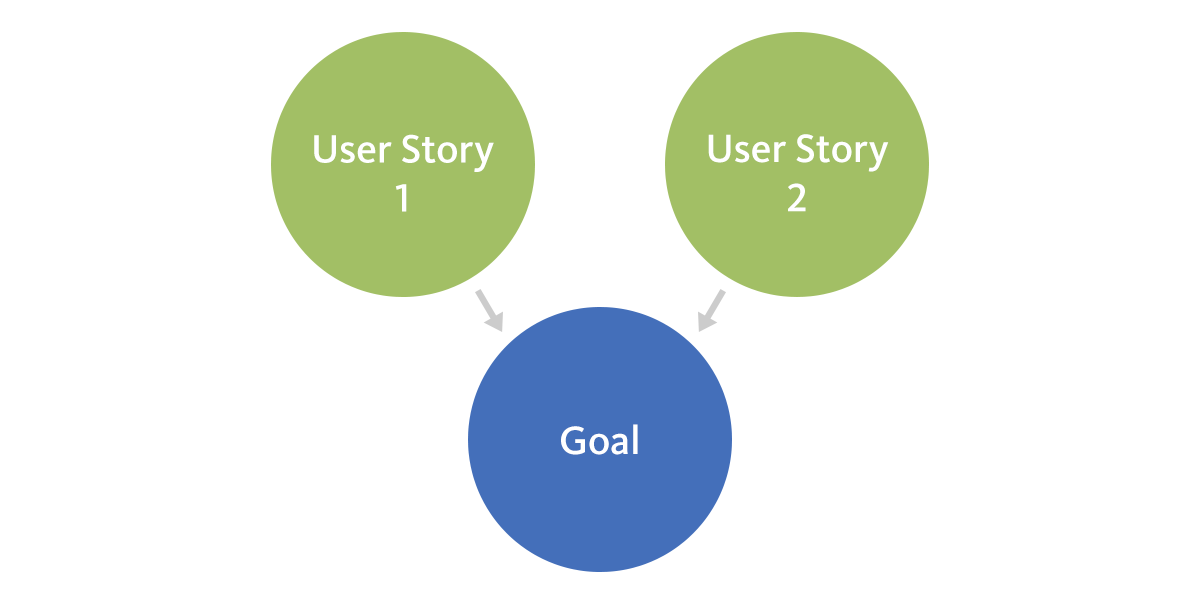Do you ever feel like your product is difficult to explain or is becoming more clunky? While it’s easy to add features to your product, it’s much harder to maintain a polished experience. You can end up being a jack-of-all-trades and a master of none.
There comes a point when you have to stop. We’ve all been there before. Sometimes it means your product strategy is saying “no”.
Obviously, saying “no” can’t be your only strategy. There’s a balance to maintain between adding new features, culling old ones and explaining how they all fit together.
To get you kick-started, we’ve collected four techniques to help you reduce feature bloat in your product:
- Conduct a “Feature Audit”
- Ask the question: “Does the feature fulfill a customer goal?”
- Align features to your company’s vision
- Are you making decisions that benefit a ‘loud few’ or the ‘majority’?
1. Conduct a “Feature Audit“
First, you can increase adoption and/or frequency of use of features with low adoption / usage frequency.
Be cautious if you’re trying to optimize these levers for every feature. Not all infrequently used / low adoption features are low value and can be perfectly fine as-is.
For example, an ‘updating account information’ feature — it’s infrequently used by all, but still necessary.
2. Ask the question: “Does the feature fulfill a customer goal?”
Arguably, the most important part in reducing feature bloat.
If you define the wrong goal, even a great team will develop a slick, fast and ‘cool’ feature which no one uses and/or wants.
How do you avoid it? Look into the motivations, situations and context of your customers. Not just the solutions. They come after. Job stories help with defining these.
- Job stories are like the context behind personas. While a persona might describe a person (which helps to form context), a person’s situation and motivation(s) when they’re engaging with your product could be completely different to their description of themselves or how they usually act.
- For example, someone who is usually a healthy eater (persona) might be tempted to eat unhealthy fast food because they don’t have much time to spare and need food that is energy dense (situation + motivation).
“People don’t want to buy a quarter-inch drill. They want a quarter-inch hole.” — Theodore Levitt
3. Align features to your company’s vision
Let’s look at Twitter’s vision:
“Twitter is your window to the world. Get real-time updates about what matters to you.”
One glimpse at this and it becomes obvious why Twitter haven’t lifted their 140-character tweet limit (yet). It’s not because they can’t. It’s because if they did, people would communicate in way that isn’t in “real-time” on Twitter. You can’t type essays on the fly about world events (and if you wanted to, there’s other platforms for longer-form writing, e.g. Medium).
Make sure to stick to your product’s vision or it won’t be clear who your product is for.
4. Are you making decisions that benefit a ‘loud few’ or ‘the majority’?
It’s not your job to make everyone happy. Of course, sometimes it will make sense to, but it needs to be blindingly obvious.
To get your ‘objective’ mind on track, you should be answering no to these kinds of questions:
- Would you make your product free if 10 customers loudly complained that “it costs too much”, in contrast to 1000s of happy, paying customers?
- Would you develop a feature because 10 non-loudly complaining customers asked for it?
If you have any other techniques to prevent feature bloat, we’d love to hear about them in the comments below!





